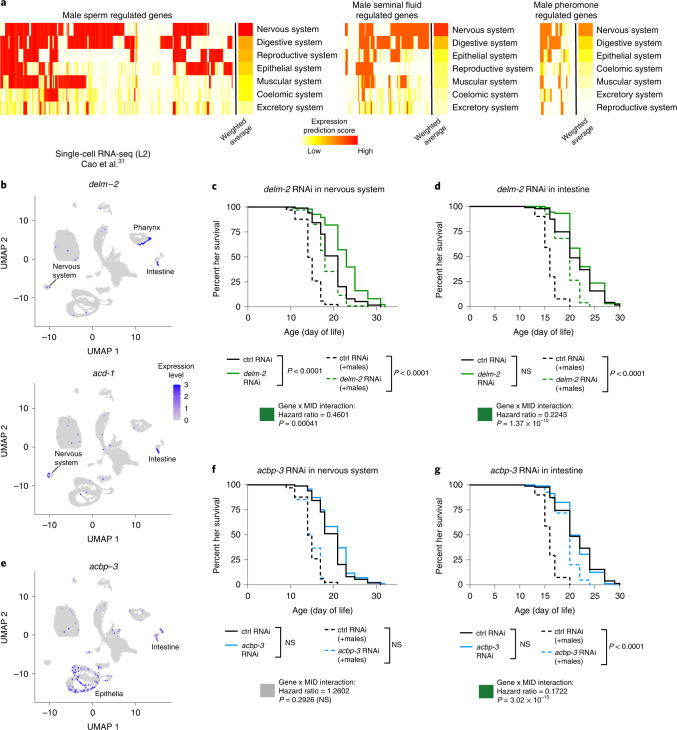Fig. 6. DELM-2 and ACBP-3 act in the nervous and digestive systems to regulate lifespan.
a, Heatmaps showing the predicted tissue expression patterns30 of the male sperm, seminal fluid and pheromone regulated hermaphrodite genes. The weighted average score of each tissue was calculated as the mean prediction score for the male-induced genes divided by mean prediction score for all genes detected in the microarrays. b–e, UMAP plots of larval stage 2 (L2) hermaphrodite cells (b and e). Cells with detectable expression of delm-2, acd-1 (b) and acbp-3 (e) are shown. Previously published data31 was reanalyzed to generate these plots. Reduction of delm-2 (green lines) in the nervous system (c) or the intestine (d) by RNAi is sufficient to extend lifespan of hermaphrodites in the presence of males (dashed lines, P < 0.0001) and conferred specific protection against male-induced demise as shown by modeling the interaction between male-induced demise and tissue-specific delm-2 RNAi using Cox proportional hazard modeling (P = 0.00041 for nervous system specific RNAi and P = 1.37 × 10–10 for intestine-specific RNAi). delm-2 RNAi occasionally results in small extension of lifespan in the absence of males (Extended Data Fig. 2a and Supplementary Table 1). f, Knockdown of acbp-3 (blue lines) by RNAi specifically in the nervous system had no detectable impact on hermaphrodite lifespan in the presence (dashed lines) or absence (solid lines) of males. g, In contrast, RNAi knockdown of acbp-3 specifically in the intestine extended lifespan of hermaphrodites when in the presence of males (dashed lines, P < 0.0001) but not in the absence of males (P = 3.02 × 10–15 using Cox proportional hazard modeling of the interaction between male-induced demise and intestine-specific acbp-3 RNAi). Lifespan data are plotted as Kaplan–Meier survival curves and P values calculated by Mantel–Cox log ranking. A total of 98–111 hermaphrodites were used per condition. See Supplementary Table 1 for a complete list of all lifespan data.

